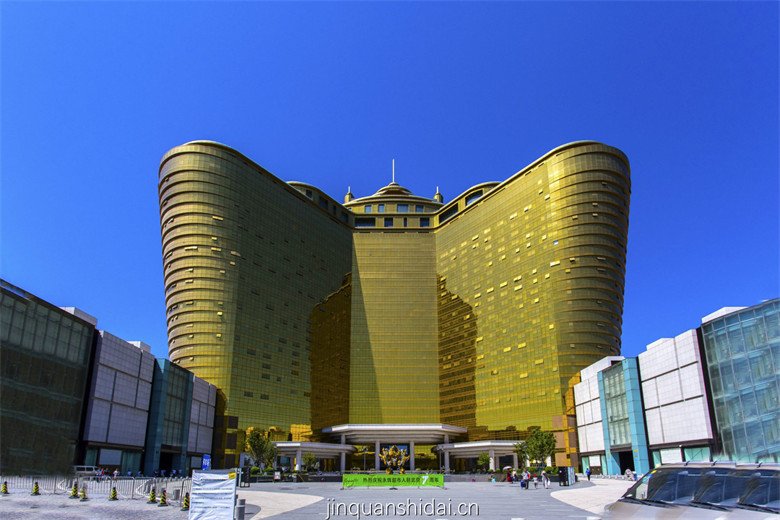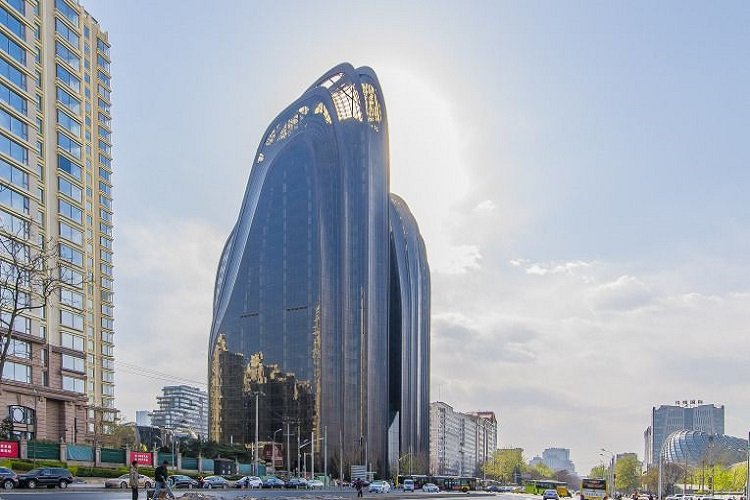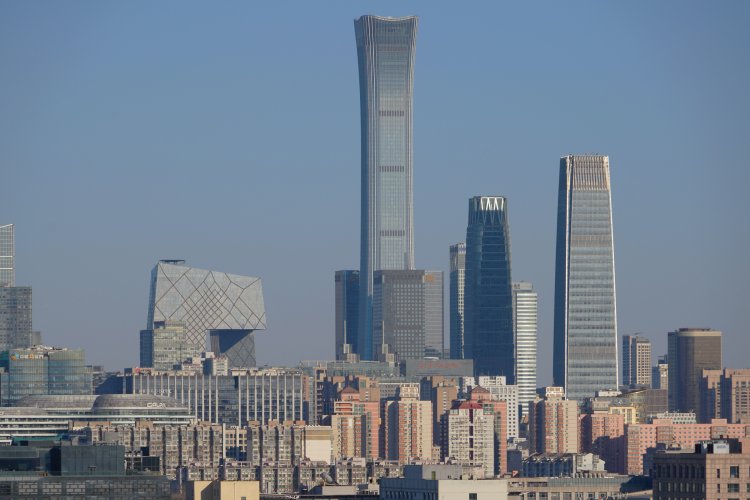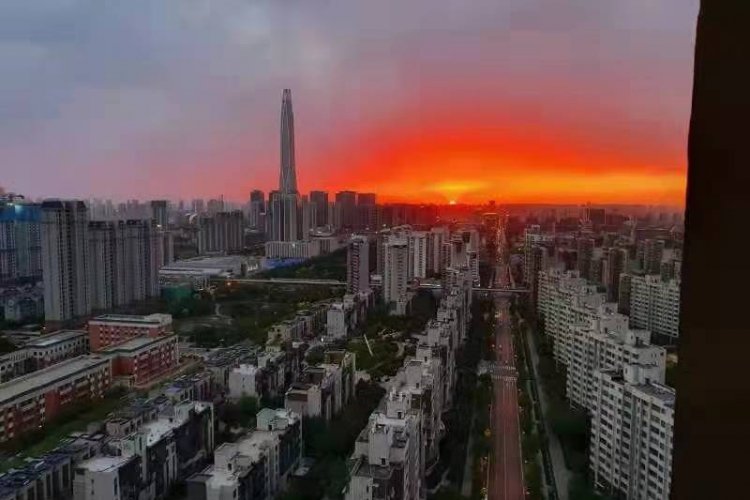In Praise of Beijing's Strange and Ugly Buildings
Beijing has no shortage of architectural marvels. The Bird's Nest, the Temple of Heaven, and even the new subways have their own sleek, minimal charm. But hidden in plain sight, towering over overpasses and lurking in residential blocks, is a very different kind of urban species: Beijing's gloriously hideous buildings.
You've seen them. You've scoffed at them. But deep down, you know you love them a little. Maybe it's nostalgia. Maybe it's Stockholm Syndrome. Or maybe these architectural anomalies tell us more about Beijing than any guidebook ever could.

Let's begin with a legend. Pangu Plaza (盘古大观 Pángǔ Dàguān), located just north of the Bird's Nest on Beichen Xilu, was designed by C.Y. Lee, the same man behind Taipei 101. This dragon-shaped behemoth was meant to represent a crouching dragon bringing fortune to the Olympic district. What it ended up looking like depends on who you ask. Some say it resembles a toaster oven. Others see a mid-transformation Pokémon.
Pangu Plaza is the kind of building that forces you to feel something. Awe, confusion, mild nausea, it's all valid. But for Beijingers, it's also familiar. A symbol of that 2000s “China can do anything” swagger, now frozen in concrete and glass, complete with an empty hotel, office vacancies, and a feng shui controversy so notorious it allegedly cursed nearby businesses.

However, the controversial design may have proved to be all too much, with Pangu Plaza undergoing a partial demolition in 2021 that removed the iconic "dragon head" crowning its tower, a gesture many interpreted as the symbolic decapitation of a long-criticized design. Reopening in 2023, while some cheered the change, seeing it as the end of an architectural eyesore long listed among China’s "Top Ten Ugliest Buildings," others lamented the loss, arguing that its bold form had become a landmark in its own right.

Nestled in Datunli, Chaoyang District, Jinquanshidai Plaza (金泉时代广场 Jīnquán Shídài Guǎngchǎng) is a building that refuses to blend in – or bow out. With its clashing colors, excessive ornamentation and chaotic geometry, it resembles a PowerPoint presentation that went rogue and accidentally became a skyscraper. Its crown is shaped like a glassy spaceship wedged atop a bloated wedding cake, while the facade offers every texture except restraint. Office tower? Mall? Monument to a forgotten Y2K dream? It's hard to say.
Built in the early 2000s, Jinquanshidai reflects a transitional era in Beijing's urban planning – when boldness often meant bigger, louder, shinier. It was an age of confidence, unchecked budgets, and a desire to outdo the neighbors. Today, the building is both a relic and a curiosity, a symbol of what happens when ambition leaps ahead of taste.
To passersby, it may feel like an aesthetic assault. But like many of Beijing's architectural oddities, it endures with a strange charm. It is not beautiful. It is not humble. But it is unmistakably real – and unmistakably Beijing.

And then comes the crown jewel of fake fantasy. Shijingshan Amusement Park (石景山游乐园 Shíjǐngshān Yóulèyuán), located in Shijingshan District to the west of the city, is infamous for its unlicensed knockoff castles, Disney-esque mascots and a carousel of copyright infringement. But its pink turrets and mismatched towers aren't just bad copies. They are emotional fossils from a time when globalization came through bootlegs and hopeful mimicry.

Located on the west side of Chaoyang Park, Junhao Central Park Plaza (骏豪中央公园广场 Jùnháo Zhōngyāng Gōngyuán Guǎngchǎng) is often mistaken for an alien embassy. With its sleek, dark curves and beetle-like silhouette, the building looks less like a plaza and more like something that crash-landed from a glossier galaxy. Its shiny black exterior gives it the presence of a sci-fi villain quietly brooding in the heart of the city. It doesn't match its neighbors. It doesn't try to. Love it or loathe it, you can't ignore it. That, in Beijing, is a statement.
These buildings are absurd, defiant and a little embarrassing. But they are part of Beijing's psychological landscape. They reflect a generation raised on rapid urban expansion, Olympic fever dreams and a deep belief that grandeur meant throwing everything at the wall.
We live with them, drive past them, and give directions using them. In an increasingly polished Beijing, they're strangely grounding. Strange but honest. Unlike the sleek towers of Guomao, they don't pretend to be international. They are domestic chaos, fully expressed.
Perhaps that's why people keep taking selfies with them. They are memes in three dimensions. They are not cool, but they are unforgettable. They're not pretty, but they're personal. So, next time you pass by a golden office block shaped like a turtle, take a moment. Appreciate the ambition. Laugh if you must. But remember: Beauty fades; concrete is forever.
READ: Beijing's Five Architectural Colors and the Symbolism Behind Them
Images: Wikimedia Commons: Cory Denton CC BY 2.0, Ashtang775, CC BY-SA 4.0, Balon Greyjoy CC0, Dyliu714 CC BY-SA 3.0; courtesy of the venues



